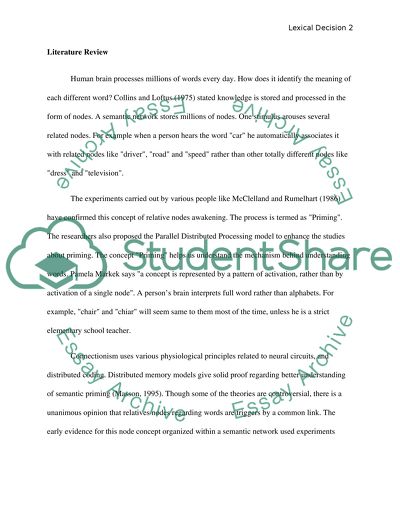Cite this document
(“Language and psycholinguistics method for research Essay”, n.d.)
Retrieved from https://studentshare.org/english/1650148-language-and-psycholinguistics-method-for-research
Retrieved from https://studentshare.org/english/1650148-language-and-psycholinguistics-method-for-research
(Language and Psycholinguistics Method for Research Essay)
https://studentshare.org/english/1650148-language-and-psycholinguistics-method-for-research.
https://studentshare.org/english/1650148-language-and-psycholinguistics-method-for-research.
“Language and Psycholinguistics Method for Research Essay”, n.d. https://studentshare.org/english/1650148-language-and-psycholinguistics-method-for-research.


